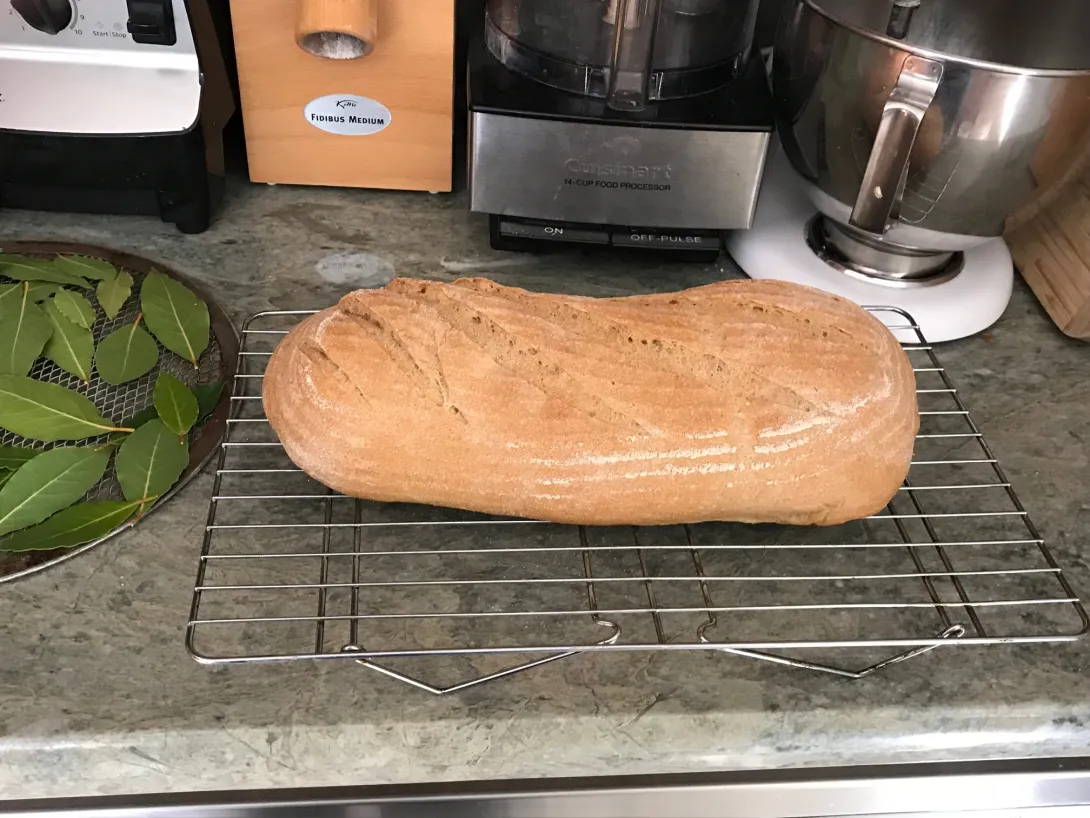Pain de Campaign chronicles whole grain
There are the dreams of night that are forgotten with the morning coffee; and, there are the dreams that come as one considers the bread one is eating with morning coffee. Thus, one steps forth in the bright morning light, to find the 7 Pillars of Wisdom. (T.E.L. will forgive me because one of the best breakfast breads I ever had was in Hafer Al-Batin.)
